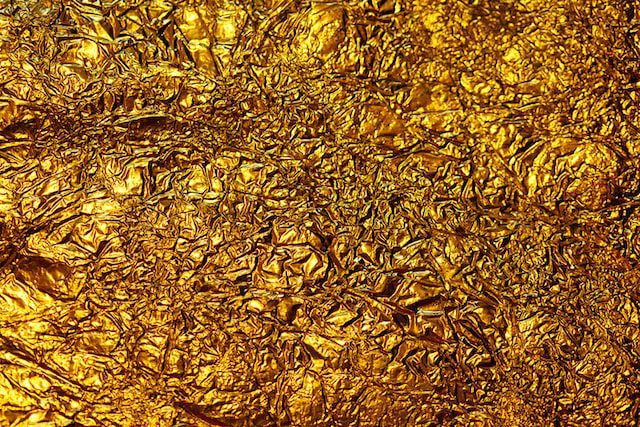Gold bullion refers to a gold coin, bar, or ingot that is at least .995 fine and is in its raw, unrefined state. Gold bullion values are based on the weight of the gold content and the current spot price of gold. The most common weights for gold bullion coins are 1 oz, 10 oz, and 100 oz sizes. There are also 1-gram and 1-kilogram size bars available. The value of gold bullion is typically calculated by adding the spot price of gold to the premium (which is the cost to produce and ship the coin or bar). So, what are the different types of gold and how can you accurately determine their values? Let’s dive into it.
There are four types of gold that are commonly used in jewelry and other decorative items: yellow gold, white gold, rose gold, and green gold. Each type of gold has a different purity level and is made with a different mix of metals. We’ll discuss the details and value of each type of gold.
Rose Gold.
Rose gold is a mix of yellow gold and copper. The addition of copper makes rose gold stronger than pure gold, but it also gives the metal a reddish hue. Rose gold is often used in jewelry because it has a romantic look. Rose gold is a popular metal for jewelry, but its value can be difficult to determine. There are a few things that you should keep in mind when trying to figure out the value of rose gold. First, remember that the price of gold fluctuates daily, so the value of rose gold will change as well. Secondly, the purity of the gold will affect the price.
The higher the purity, the more expensive the piece will be. Finally, keep in mind that rose gold is often mixed with other metals to create a unique color, so the amount of actual gold in a piece may be less than it appears. With these factors in mind, you can begin to research the current prices of rose gold and compare them to similar pieces in order to get an accurate estimate of value. This is the case for all gold, so we will address valuing gold later on in the article.
Green Gold.
Green gold is a type of gold that is colored green by the presence of silver. The color of green gold is often described as being similar to that of spring leaves, and it is one of the less common colors found in nature. Green gold was first discovered in Russia in 1842, but it has also been found in Australia, Brazil, and parts of Africa. While green gold can be used for jewelry and other decorative purposes, it is not as popular as yellow or white gold because its color can vary depending on the lighting conditions.
Yellow Gold.
Yellow gold is created by alloying together pure gold and silver. The typical alloy mix is 75% gold and 25% silver, which creates a beautiful yellow color. The purity of yellow gold is measured in karats, with 24 karat being the highest possible purity. Yellow gold jewelry is popular because it does not tarnish or fade over time like other metals can.
White Gold.
White gold is an alloy of gold and at least one white metal, usually nickel. Like yellow gold, the purity of white gold is given in karats. White gold’s properties vary depending on the metals used to create the alloy. Nickel gives white gold its hardness and durability; zinc makes it brighter and more lustrous; copper gives it a rosy hue; and silver creates grayish-white hues. White gold is sometimes plated with rhodium to give it extra shine.
As mentioned previously, valuing gold can be extremely subjective and dependent on the value of other substances. Gold is a valuable resource that has been used by humans for centuries. In order to accurately determine the value of gold, one must consider the many factors that affect its price. These include the purity of the gold, the current market conditions, and the geopolitical environment. The first step in determining the value of gold is to assess its purity. The higher the purity, the more valuable the gold will be. Purity is typically measured in karats, with 24 karats being considered pure gold. However, most gold on the market is not pure and contains a lower karat rating.
The next step is to research current market conditions. This includes looking at both global economic trends as well as any local events that could impact the price of gold. For example, if there is political instability in a country where much of the world’s gold supply originates, this could lead to an increase in prices. Finally, it is also important to be aware of geopolitical events that could influence the demand for or production of gold. For instance, if tensions between two countries rise, this could lead to an increase in demand for safe-haven assets like gold. By taking into account all of these factors, one can get a more accurate sense of what gold is currently worth and how this might change in response to different circumstances.






